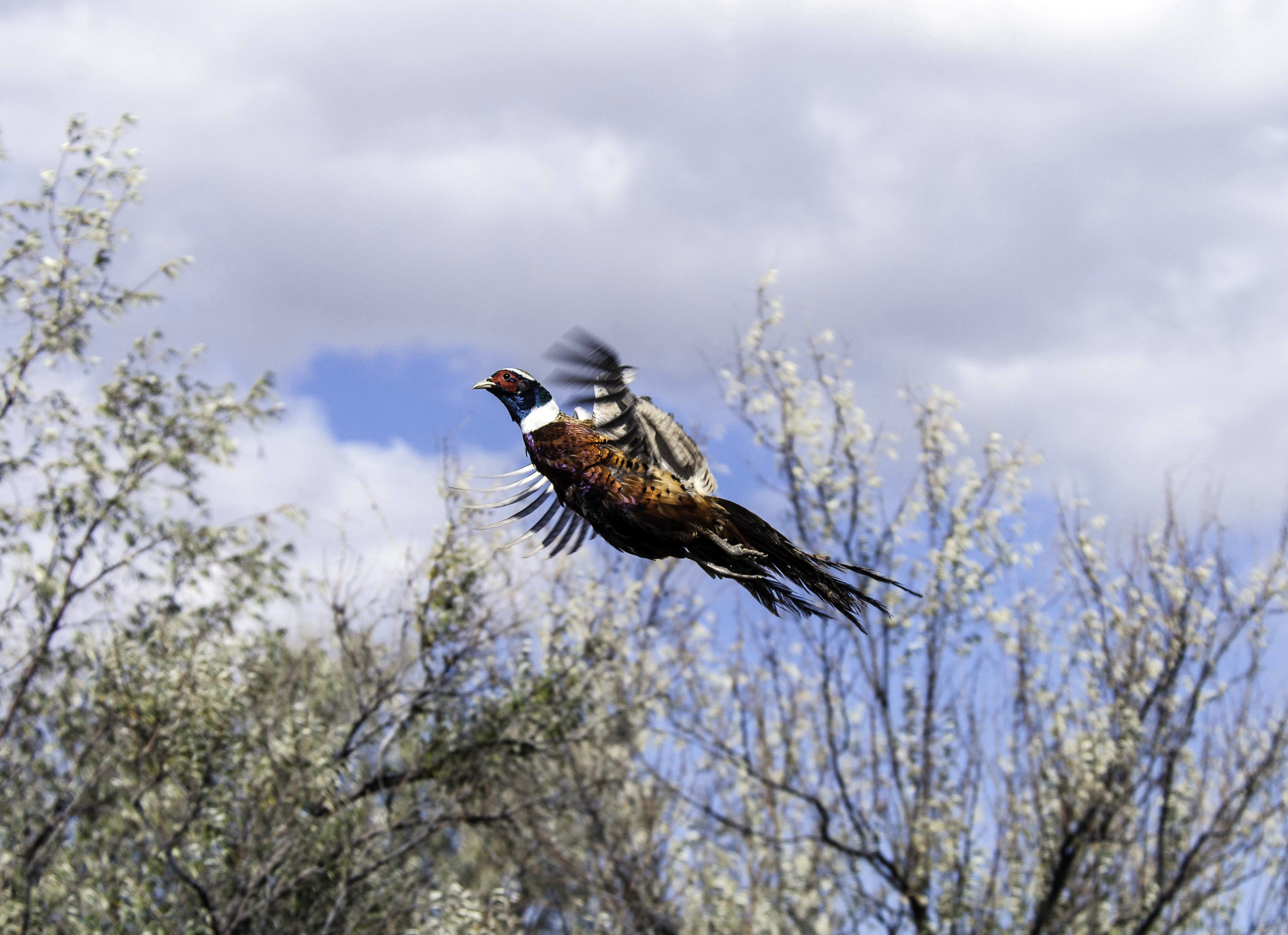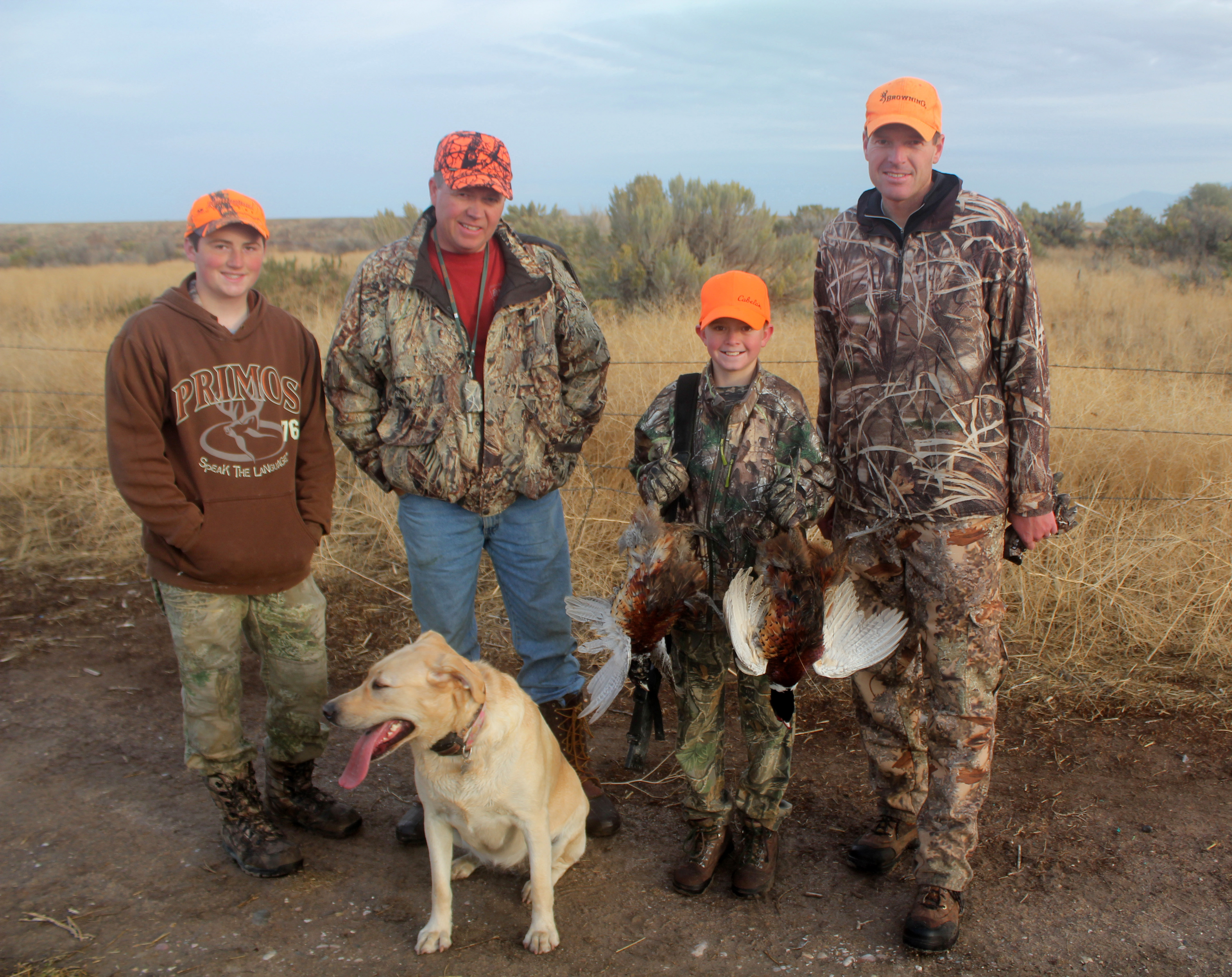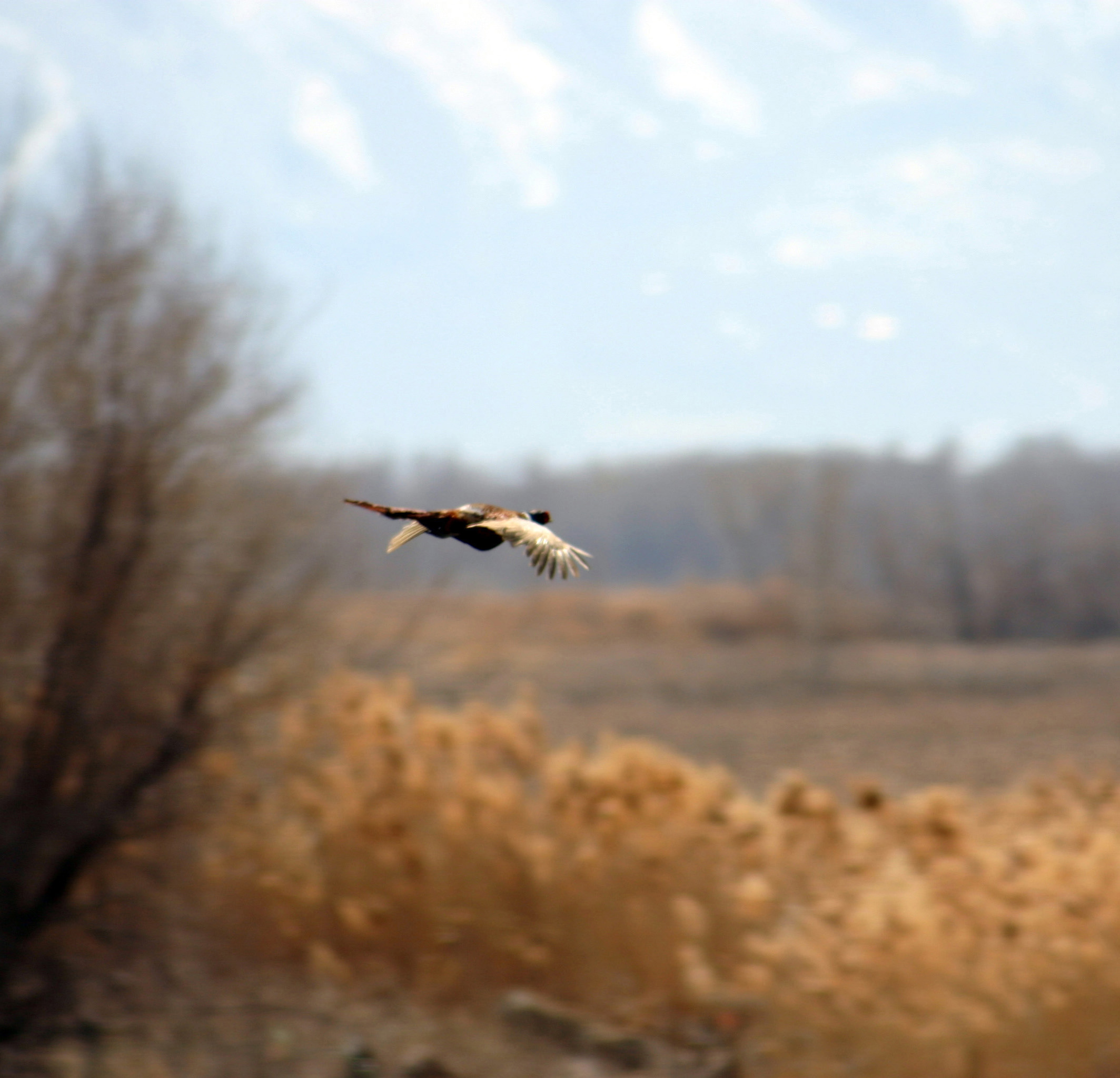

SOUTHERN UTAH — If it’s been years since you hunted pheasants, it’s time to grab your gun and head afield for the general pheasant hunt, opening Nov. 7. More than 13,000 pheasants will be released on 57 public hunting areas during Utah’s upcoming pheasant hunt.
Pheasants will be released before each weekend of the hunt, with the exception of Thanksgiving where birds will be released early in the week so plenty of pheasants will be available to pursue over the holiday.
“If you hunt after the opening weekend, you should still have a great experience and find plenty of birds,” said Jason Robinson, upland game coordinator for the DWR.
The Division of Wildlife Resources and Sportsmen for Fish and Wildlife bought the birds. The birds will be released in areas that have good pheasant habitat and good access for public hunters.
“Birds will be placed on wildlife management areas, waterfowl management areas and Walk-In Access areas,” Robinson said.
You can see where the birds will be released, and how to get to those areas, by looking at an interactive online map.
If you decide to hunt during the opening weekend, know in advance that lots of other hunters will be hunting too. You can still have a good experience, though, by being courteous and respectful to others.
“Ask other hunters where they plan to hunt and try to give each other space,” Robinson said. “Also, if you have a dog, make sure to keep your dog under control. Please remember that everyone is there to have a good time.”
Wear plenty of hunter orange. If you decide to hunt on private agricultural lands, remember that you must have written permission from the landowner before hunting on his or her land.

No matter where you’re hunting in Utah, Robinson describes what perfect pheasant habitat looks like:
- The center of the area will have a field of wheat or corn that provides the birds with food, surrounded by stiff, stemmed grass that provides pheasants with good nesting cover
- Outside the stemmed grass, you’ll find a strip of sparse grass with lots of forbs mixed in
- On the other side of the sparse grass, you’ll find thick, woody cover, or a wetland with cattails, which protects pheasants during the winter
“This type of habitat provides pheasants with everything they need to eat, hide, breed and raise young,” he said. “Even if an area doesn’t have all of these features, it can still hold birds. But the more an area matches this description, the better chance you’ll have of finding birds in it.”
Hunting tips
Pheasants are excellent at hiding. Hunting with a trained bird dog can often help you find them.
“If a pheasant has cover to hide in you can be standing only a foot or two from a bird and not know it’s there,” Robinson said. “A good bird dog can make a huge difference in finding hidden birds.”
You can still find pheasants without a dog, though. Robinson suggests the following tactics:
Walk slowly. Take your time.
The biggest mistake many pheasant hunters make is walking too fast. Simply slowing down, and stopping and standing still from time to time, can cause more birds to flush.
“Pheasants will often hide and wait for you to walk past them,” Robinson siad. “Slowing your pace down, and stopping and standing still from time to time, makes birds that are close to you nervous. In many cases, they’ll think you’ve spotted them. They’ll try to get away by flushing into the air.”

Driving and blocking is needed for groups.
One or two hunters are quietly placed at the end of a field to “block” any pheasants the remaining hunters (the drivers) push to the blockers. Then, the drivers enter the field on the opposite side from the blockers, and start walking towards the blockers.
Pheasants that are pushed by the drivers will often run to the end of the field, see the blockers and then hold tight until continued pressure from the drivers causes the birds to flush. When this happens, all of the hunters— blockers and drivers — can usually get shots.
“If you’re going to try this tactic,” Robinson said, “it’s absolutely vital that every hunter in the group knows where the other hunters are. It’s also vital that each hunter wears plenty of hunter orange.”
Walking ditch banks is a good strategy if you’re hunting alone or with a friend.
If you’re hunting with a friend, place your friend on one side of the ditch bank and you on the other. Then, walk together down the bank.
Robinson said it’s important to walk to the very end of the ditch bank, fence row or whatever cover you’re hunting.
“Pheasants would much rather run than fly,” he said. “You might be pushing a pheasant ahead of you and not even know it. But once you reach the end of the cover, the pheasant won’t have any other places to hide. At that point, the bird will usually flush.”

Resources
- Utah Division of Wildlife Resources website
- Contact: 801-538-4700
Email: [email protected]
Twitter: @stgnews
So…they are hunting something that doesn’t naturally live in that habitat for the sport of killing? Sounds like a bloody good time.